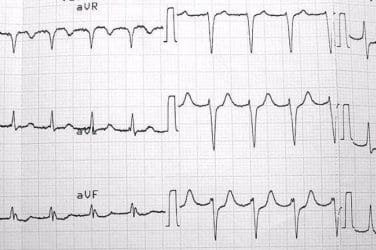
FICC has been working on several updates to improve transparency into its risk management processes and to support clients as the industry moves ever closer to the SEC’s deadlines for expanded Treasury Clearing, which will require central clearing of eligible cash Treasury trades by the end of 2025, and repo transactions by June 2026.
FICC recently launched a new FICC Risk Reporting portal for both GSD and MBSD clients, providing enhanced, time-series based risk reporting. This reporting will enable FICC Netting Members to gain valuable insight into their Clearing Fund Requirement-based reports, as well as Intraday VaR Summary and CUSIP-level VaR Detail reports.
Other features and highlights of the new portal include:
- Access: Users of FICC’s current Risk Reporting portal (also known by the acronym, “FIR”) have automatically been provisioned with access to the new FICC Risk Reporting portal.
- Landing Page: Consisting of a Requirement Overview section as well as an at-a-glance Clearing Fund Summary graph, the landing page is designed to provide a comprehensive breakdown of a firm’s Deposit IDs requirements based on Start-of-Day, Noon (GSD Only), End-of-Day, or Real-Time slice selections.
- Reporting: Time-series-based risk reporting, some of which include Clearing Fund component level breakdowns, VaR Summary and Detail reports, as well as an Intraday Requirement Summary report.
“As part of our commitment to the industry, FICC understands the urgency and importance of evaluating firms’ risk exposure associated with the expansion of U.S. Treasury Clearing,” said Tim Hulse, DTCC Managing Director, Financial Risk & Governance. “We continue to innovate with exciting new tools, such as the public facing CCLF [Capped Contingency Liquidity Facility] and VaR [Value at Risk] calculators and other calculator enhancements we rolled out last year, and now for clients, streamlined access methods and insights available in the new FICC Risk Reporting portal.”
Client testing for Netting Members that currently use FIR began late last year, on December 9, and will continue through the end of January. Go-live and full launch into production for all users is planned on January 31, 2025, after which the FIR application will eventually be retired. Additional features and capabilities will also be rolled out to the new Portal in the coming months.
Source: FICC






